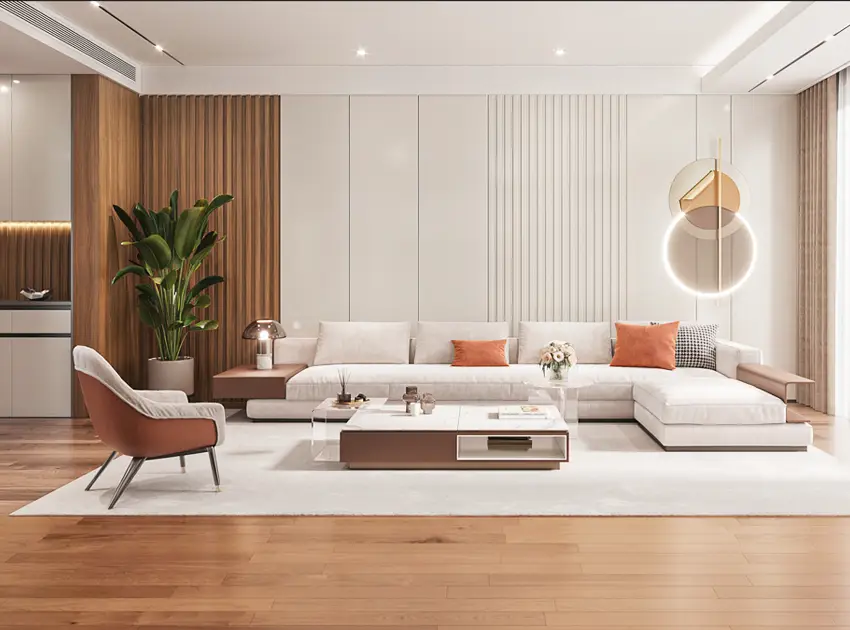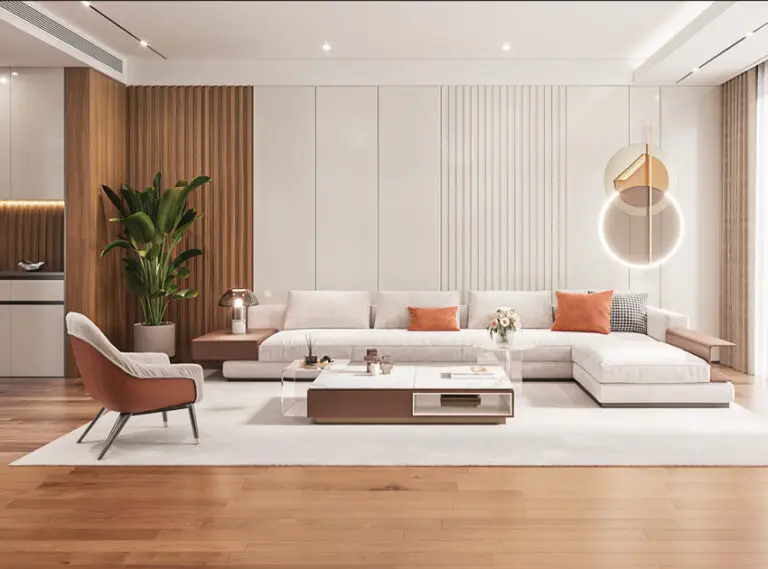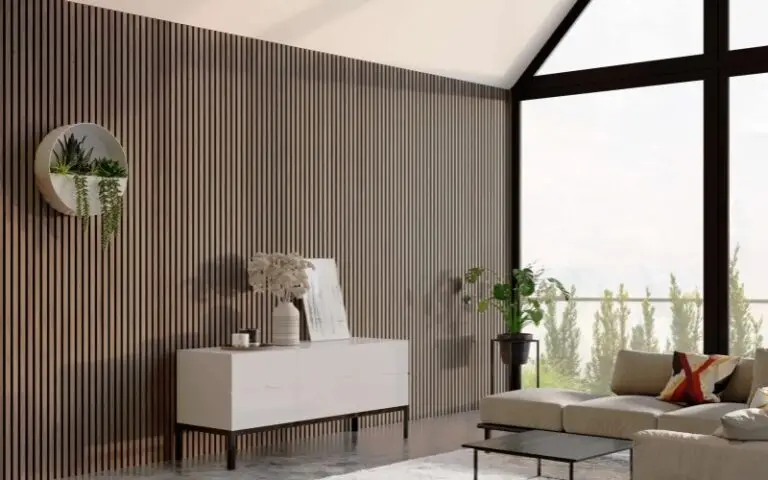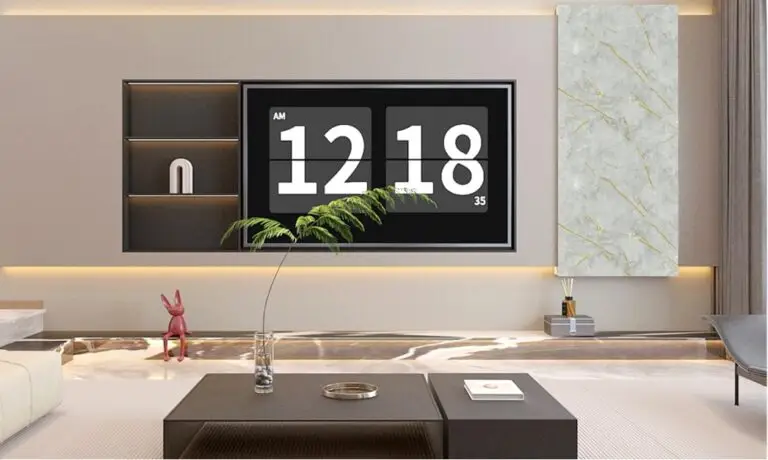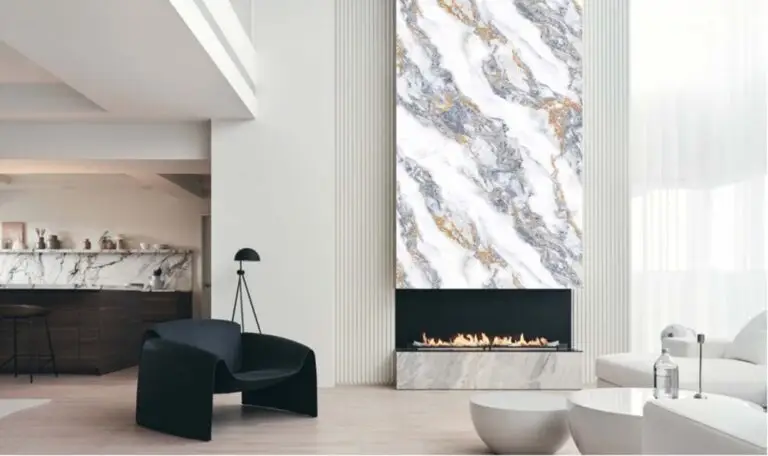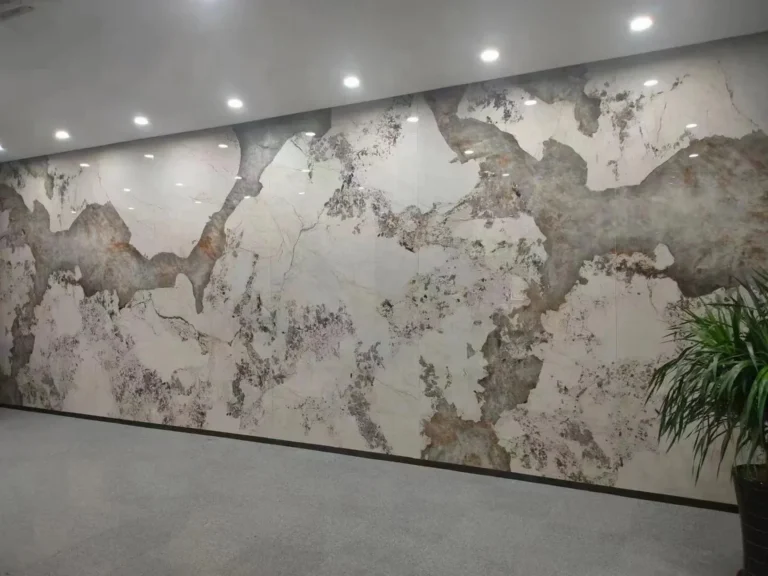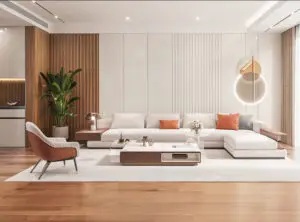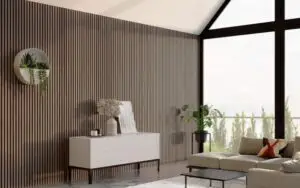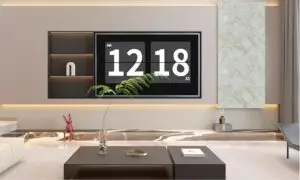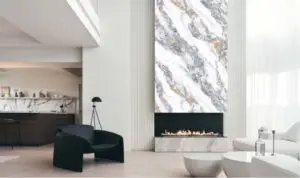The building decoration material sector increasingly favors WPC wall panels due to their unique performance and environmental benefits. Short for “wood-plastic composite wall panel,” WPC wall panels blend wood and plastic features. They offer both natural aesthetics and modern manufacturing advantages. This article explores the name’s origin, core components, manufacturing processes, and performance benefits. Thus, it provides a complete understanding of this innovative material.
I. Name Origin: Defining Material and Concise Abbreviation
The Chinese name “木塑复合墙板” (mù-sù fùhé qiángbǎn) directly corresponds to the English abbreviation “WPC,” which stands for “Wood-Plastic Composite.” This name clearly indicates the material’s core ingredients: wood fiber (or wood flour) and thermoplastic polymers (like HDPE, PP, PVC). Also, the concise abbreviation aids industry communication and memorability. The English name “Wood-Plastic Composite Wall Panel” clearly defines the material’s properties and application, highlighting its cross-material fusion.
II. Core Elements: Innovative Components and Processes
-
Diverse Composite Ingredients: WPC wall panels primarily consist of a mixture of wood fiber (or wood flour) and thermoplastic polymers. Wood fiber provides natural texture and workability. Thermoplastic polymers offer chemical stability against water and rot. The scientific ratio of these components (typically 40%-60% wood flour) determines the product’s physical properties. This “wood-plastic synergy” formula reduces wood consumption and avoids the texture issues of traditional plastic building materials. Therefore, it represents a balance between environmental friendliness and performance.
-
Varied Surface Treatment Processes: Five main processes achieve WPC wall panels’ decorative appearance.
- Thermal Transfer: PET film transfer technology simulates wood grain and marble patterns. It offers rich designs but involves a more complex process.
- 3D Inkjet Printing Transfer: Water-absorbing carriers enable all-around color penetration. This method is environmentally stable and suits irregular-shaped panels.
- Embossing: Molds create concave and convex textures, such as wood grain and leather grain. This enhances tactile and visual realism.
- Veneer Lamination: Bonding wood veneer and other decorative panels improves texture. It provides both protection and decoration.
- Spraying: Paint application creates gloss and texture effects. However, it requires a controlled construction environment. These processes allow WPC wall panels to visually resemble natural materials while maintaining the consistency of industrial products.

III. Performance Advantages: The Integration of Industry and Nature
-
Excellent Physical Properties: WPC wall panels combine wood’s workability (sawing, nailing, planing, strong nail holding) with plastic’s durability (waterproof, rot-resistant, insect-proof). Their elastic modulus and compressive strength are similar to hardwood. They also have high surface hardness, making them suitable for long-term indoor and outdoor use. Compared to traditional wood, they resist deformation and cracking and require less frequent maintenance. Compared to pure plastic panels, their moderate density (0.9-1.2g/cm³) balances strength and lightweight properties.
-
Natural Appearance and Texture: Because they contain wood fiber, WPC wall panels have textures and colors close to natural wood. This creates a warm and natural decorative effect. Whether used for living room feature walls, outdoor balconies, or commercial spaces, their surface treatment can mimic the texture of natural wood or stone according to needs. They suit modern, new Chinese, and other decoration styles.
IV. Applications and Specifications: Considering Scenarios and Details
-
Wide Range of Applicable Scenarios: WPC wall panels overcome indoor limitations and can be used for outdoor walls, balcony partitions, and kitchen and bathroom ceilings (moist, high-corrosion environments). This solves the problem of traditional wood being susceptible to moisture and mold. Their environmental friendliness (no formaldehyde release, compliant with China Environmental Labeling certification) also makes them a preferred choice for children’s rooms and hospitals with high environmental requirements.
-
Standardized Specifications and Convenient Transportation: Product dimensions are uniformly 2950mm in length. Width and height vary by model (e.g., in model WPC00235, “WPC” is the product name, the first three digits “002” are the base material model, and the last two digits “35” represent the color). Packaging and boxing follow industrial standards. For 20GP small containers, pay attention to length limitations. It is recommended to prioritize using 40HC high containers, calculating the loading capacity by volume to improve transportation efficiency.
V. Quality Control: Dual Screening from Raw Materials to Processes
Judging the quality of WPC wall panels involves multiple aspects. * Appearance and Touch: High-quality panels have uniform color, a flat surface, regular edges, and no bubbles or burrs. * Physical Properties: They have moderate density, high hardness (keys leave no obvious scratches), and low water absorption (water droplets penetrate slowly). * Raw Materials and Processes: They preferably use virgin plastic and dry wood flour, produced with advanced equipment like twin-screw extruders. They possess authoritative testing reports (e.g., compressive strength, environmental certification). * Long-Term Stability: Products that have undergone aging treatment better adapt to temperature and humidity changes, extending their service life.
Conclusion
WPC wall panels, with the innovative concept of “wood-plastic symbiosis,” break the material boundaries of traditional building materials. They satisfy people’s pursuit of natural texture and solve the pain points of durability and environmental protection. From interior decoration to outdoor projects, and from basic building materials to personalized customization, WPC wall panels are reshaping spatial aesthetics with diverse advantages. When choosing, it is recommended to focus on component ratios, process details, and quality certifications. This allows this functional and decorative material to give spaces more possibilities.

